Don’t neglect durability of concrete structures
By Edit Team | July 27, 2020 7:45 am SHARE
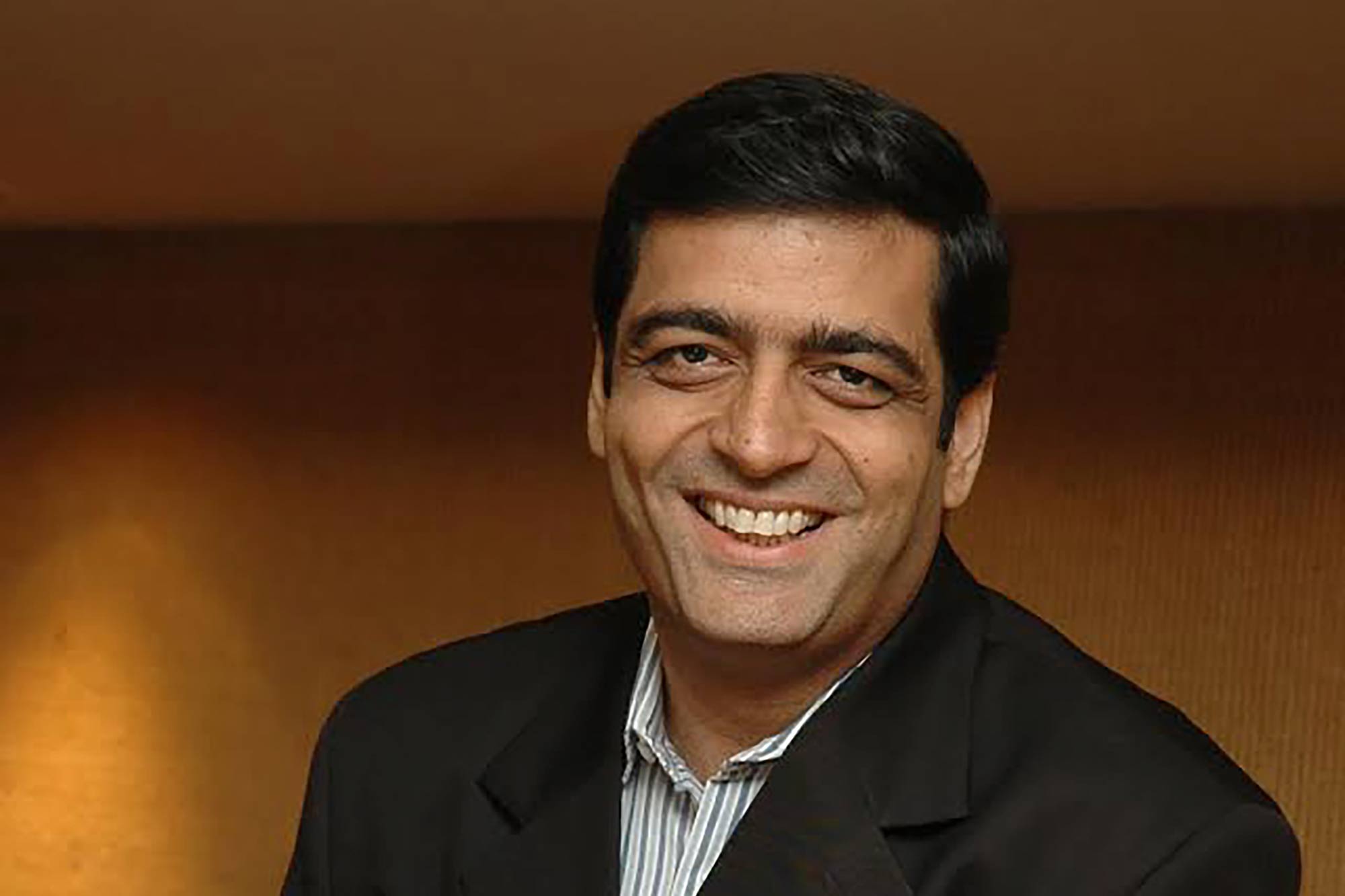
In India, construction involving concrete has traditionally been a labour-intensive activity, and till recently, an overwhelming majority of concrete produced in the country was made at construction sites with semi-mechanized means with a large involvement of manual labour.
Concrete, which is essentially a mixture of Portland cement, aggregates (stone chips and sand), water and some additives, has been the crucial backbone of most of the construction throughout the world. Globally, the use of concrete has reached an unprecedented level today making it the largest man-made material on the earth, next only to water! Currently, around 3.7 billion tonnes of Portland cement is produced annually and is used to produce over 30 billion tonnes of concrete and other cementitious products, consuming in the process around 27 billion tonnes of aggregates and 2.7 billion litres of water. Indeed an enormous scale of global operation!
This near-total dominance of concrete in the construction sphere stems from the fact that it can be produced from locally-available ingredients, can be moulded to any shape and size and engineered to possess properties specified by structural designers and architects. Further, it is relatively a low-cost material – the cost of one kg of concrete in India is less than that of one kg of potato! Moreover, concrete possesses excellent environmentally-friendly characteristics, which are further enhanced in view of its ability to absorb a variety of agro-industrial waste (for example, fly ash from thermal power plants, slag from steel plants, rice husk ash, etc.). Considering these advantages, it is no wonder that a commercially-viable alternative has not emerged to this versatile material of construction.
In India, construction involving concrete has traditionally been a labour-intensive activity, and till recently, an overwhelming majority of concrete produced in the country was made at construction sites with semi-mechanized means with a large involvement of manual labour. Thanks to the liberalization of the Indian economy and emphasis on the development of physical infrastructure, concrete construction scenario in India — especially in urban India — has undergone welcome transformations since the latter half of the 1990s. The demand for higher speed of construction, especially for residential and commercial housing, flyovers, highways, roads, metros, airports, etc. necessitated the adoption of mechanized techniques of construction. The need for large volumes of concrete as well as the faster speed of construction was conducive for the development of commercially available ready-mixed concrete (RMC).
During the past two decades or so, the metropolitan and other major cities in India witnessed the slow demise of the traditional concrete-making activities. Simultaneously, it was also heartening to observe the steep decline in the erstwhile inhuman practice of male and female workers carrying concrete making materials and concrete as head-loads. Concrete is now produced in large volumes from ready mixed concrete plants in major urban centres and is delivered in a truck-mounted, large-size revolving drum to different construction sites, where it is pumped directly into the formwork of structural elements.
Although a large number of commercial RMC facilities have come up in urban India now, no authentic data is available on the exact number of RMC plants operating in the country. However, according to an unofficial estimate, the RMC industry has now spread its wings to more than 100 cities in India. Some metropolitan areas like Mumbai’s MMR region and Delhi’s NCR region have more than 200 operating RMC facilities. With the estimated 10% of cement being used through the RMC route, the annual concrete production from the mechanized batch plants would currently be in excess of 100 million cubic meters. This includes the concrete produced by construction companies and contractors, who in fact have been operating a large fleet of RMC plants for their construction projects even before the arrival of commercial RMC.
While India is currently experiencing a steady rise in the use of concrete – which is bound to grow further in the years to come – the country cannot afford to ignore the experience of the advanced world, which possesses a large inventory of concrete structures constructed earlier than us. In many advanced countries, concrete structures have shown signs of premature deterioration. In fact, in some countries, the deterioration of concrete structures has reached an alarming level – almost like an epidemic! For example, in the USA it is estimated that a staggering $ 3 trillion will be needed to simply halt the rate of deterioration of structural concrete! It is reported that in the USA the annual cost to owners for repair, protection, and strengthening of existing concrete structures ranges between $18 and $21 billion. In Europe, nearly 40 to 50% of the budgeted amount for construction is reportedly spent on repair and restoration of deteriorated structures.
In India, no reliable estimate of the extent of deterioration nor the estimated cost of repairs and restoration is available. It is true that the stock of concrete structures in India is relatively younger and smaller when compared with those from the western world. It is also true that our structures are not required to resist harsh winters similar to those in the USA and Europe. Yet, India has a 7600-km long coastal belt and many large industrial establishments, wherein concrete structures are subjected to a harsh aggressive environment that has the potential to cause premature deterioration of structures. The climate zone map of India shows that a sizeable portion in the interior area of the country falls under hot-and-dry or warm-and-humid zones. Major deterioration phenomena in concrete occur because of the chemical changes within its body. It has been established that the chemical reaction rate in concrete is doubled for every 10oC rise in temperature. As a result of the climate change, when many areas in the country are experiencing elevated temperatures reaching up to 450C, concrete structures in the country would be at a greater risk of undergoing accelerated chemical changes that may affect their long-term durability.
A number of buildings, bridges, flyovers and other structures located in the vicinity of the coastal belt, hot-and-dry and warm-and-humid zones and industrial areas are already experiencing advanced deterioration of concrete structures. Take, for example, the case of metropolitan cities like Mumbai, Chennai, Kolkata, etc., where residential and commercial building complexes now become due for structural repairs just after 10 to 15 years of their construction or even earlier! Many bridges in the coastal zone and other zones are reportedly under severe distress.
Research scientists and teams of technical experts throughout the world have studied concrete durability problems in-depth and there is a plethora of literature on the topic highlighting the possible reasons for the deterioration and the needed remedial measures. Without going into the intricate technical niceties, there appears to be unanimity amongst different experts that the key factor responsible for this sorry state of affairs is the lack of attention to the durability aspects of concrete in the design, construction and maintenance of structures.
There can be no denying of the fact that for a developing country like India, massive use of concrete and other cementitious products would be needed for satisfying the basic needs of the burgeoning population for housing and modern infrastructure. At a time when the country has embarked on the path of development of its infrastructure and housing, it would be highly essential to ensure the longterm durability of the concrete structures.
Traditionally, the compressive strength of concrete is considered to be the key parameter determining its performance. There is a mistaken belief – which unfortunately is prevalent even today in some quarters – that once the compressive strength is achieved by concrete, its durability will be automatically ensured. Worldwide experience has shattered this myth. It is therefore essential to use both compressive strength and durability criteria in the design, construction and maintenance of concrete structures. Fortunately, this practice has commenced in a limited manner in the country for some recently constructed or under-construction projects involving the construction of metro-rails, bridges, flyovers, etc. However, the urgent need of the hour is that such practice should be followed for all critically-important concrete structures that are planned in the near future, and later adopted for all concrete construction that uses RMC.
Incidentally, improvement in the long-term durability of concrete will also lead to enhancement in the sustainability of construction, as we would be able to preserve an enormous amount of non-renewable resources such as limestone, aggregates, water, etc. for our future generations.
Vijay R Kulkarni is a concrete technologist having four decades of experience in various spheres of concrete construction. He was the past president of the Indian Concrete Institute (ICI) and was the principal consultant to Ready-mixed Concrete Manufacturers Association (RMCMA). Under his Chairmanship, ICI has recently published a handbook on Concrete Durability. The author was also the erstwhile Editor of the Indian Concrete Journal (ICJ) for more than two decades. Currently, he is the partner with Midas Techfin Consultants LLP – an engineering and management consulting firm based in Mumbai.
Cookie Consent
We use cookies to personalize your experience. By continuing to visit this website you agree to our Terms & Conditions, Privacy Policy and Cookie Policy.



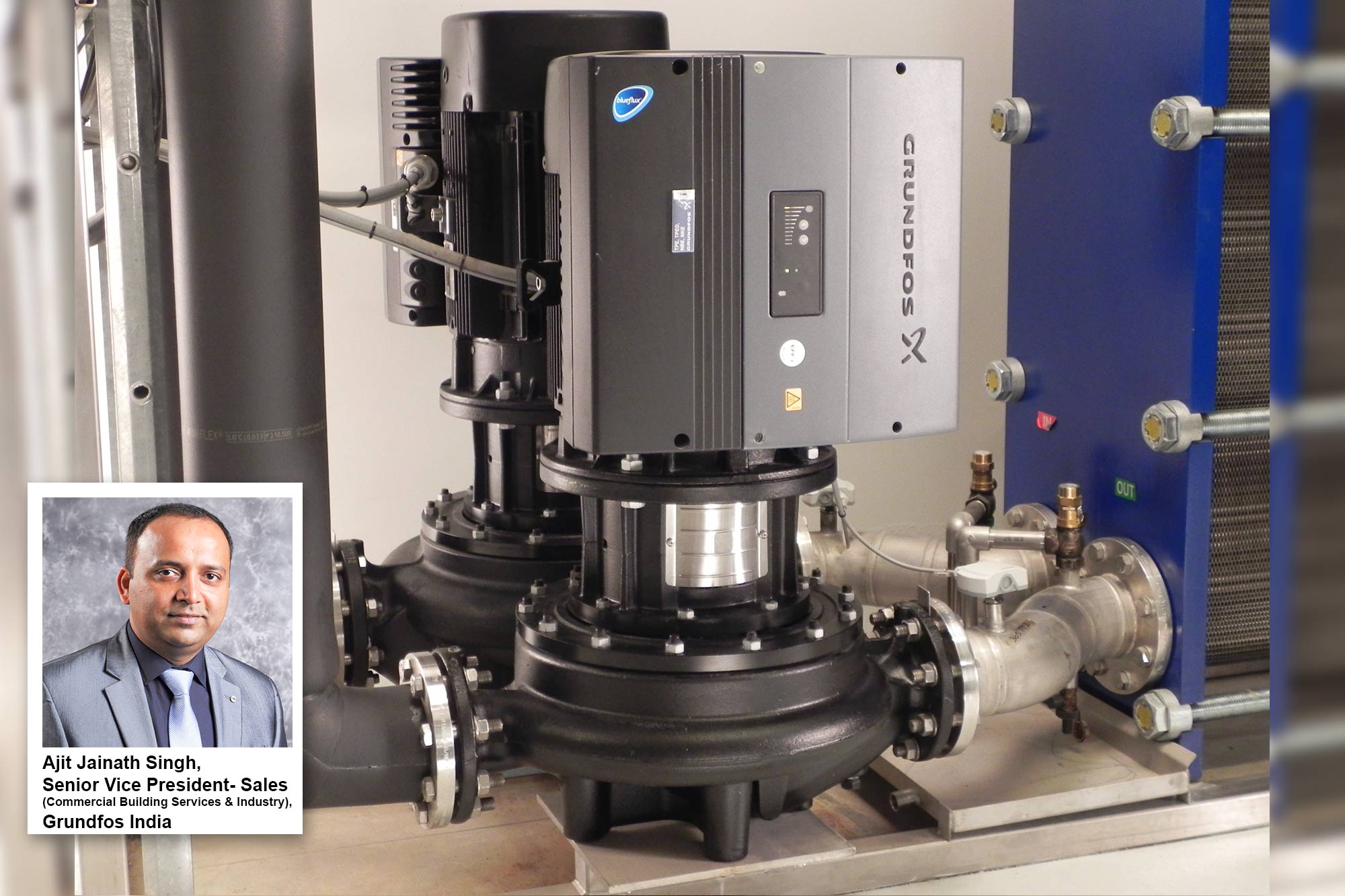
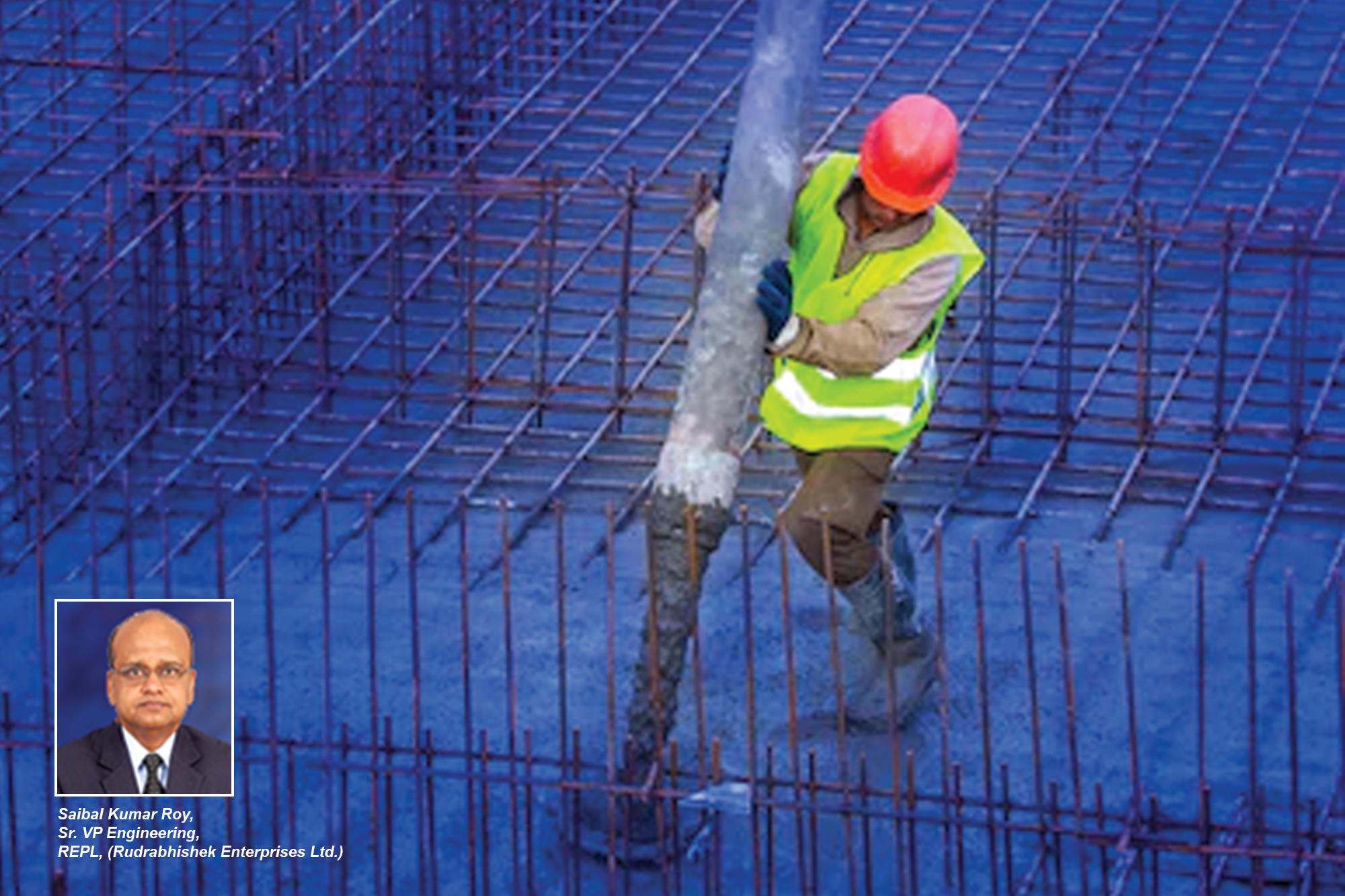
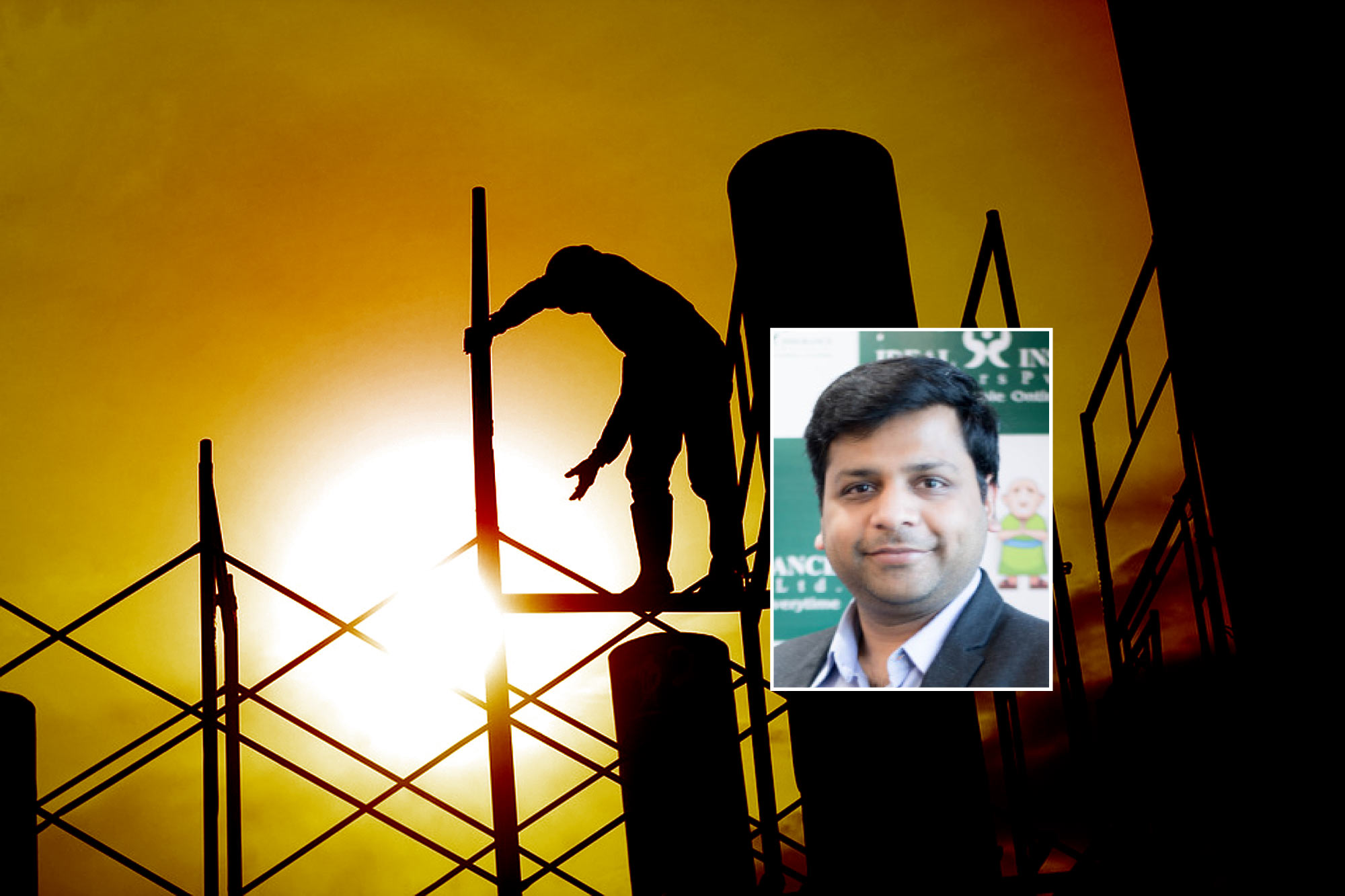
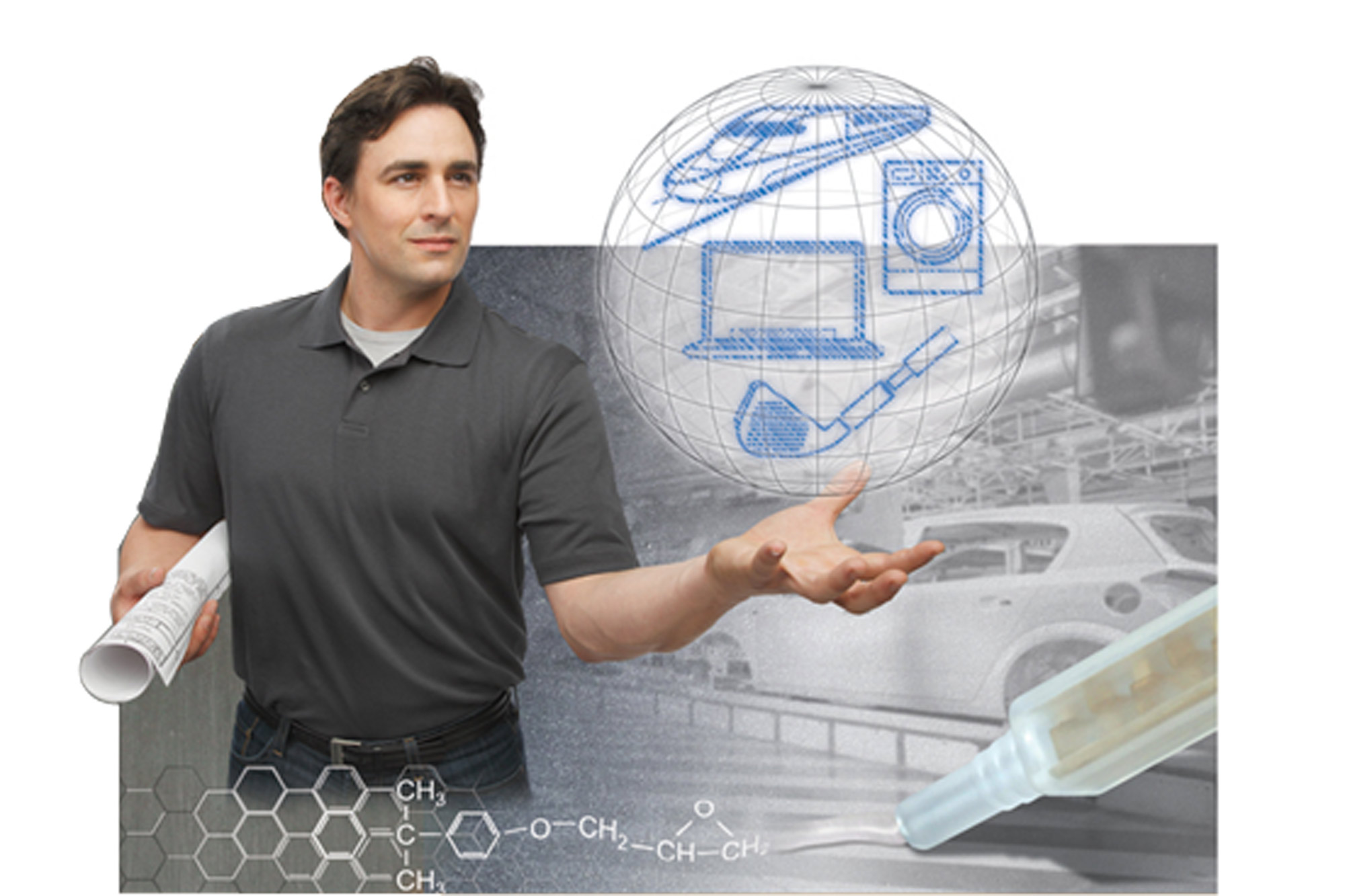
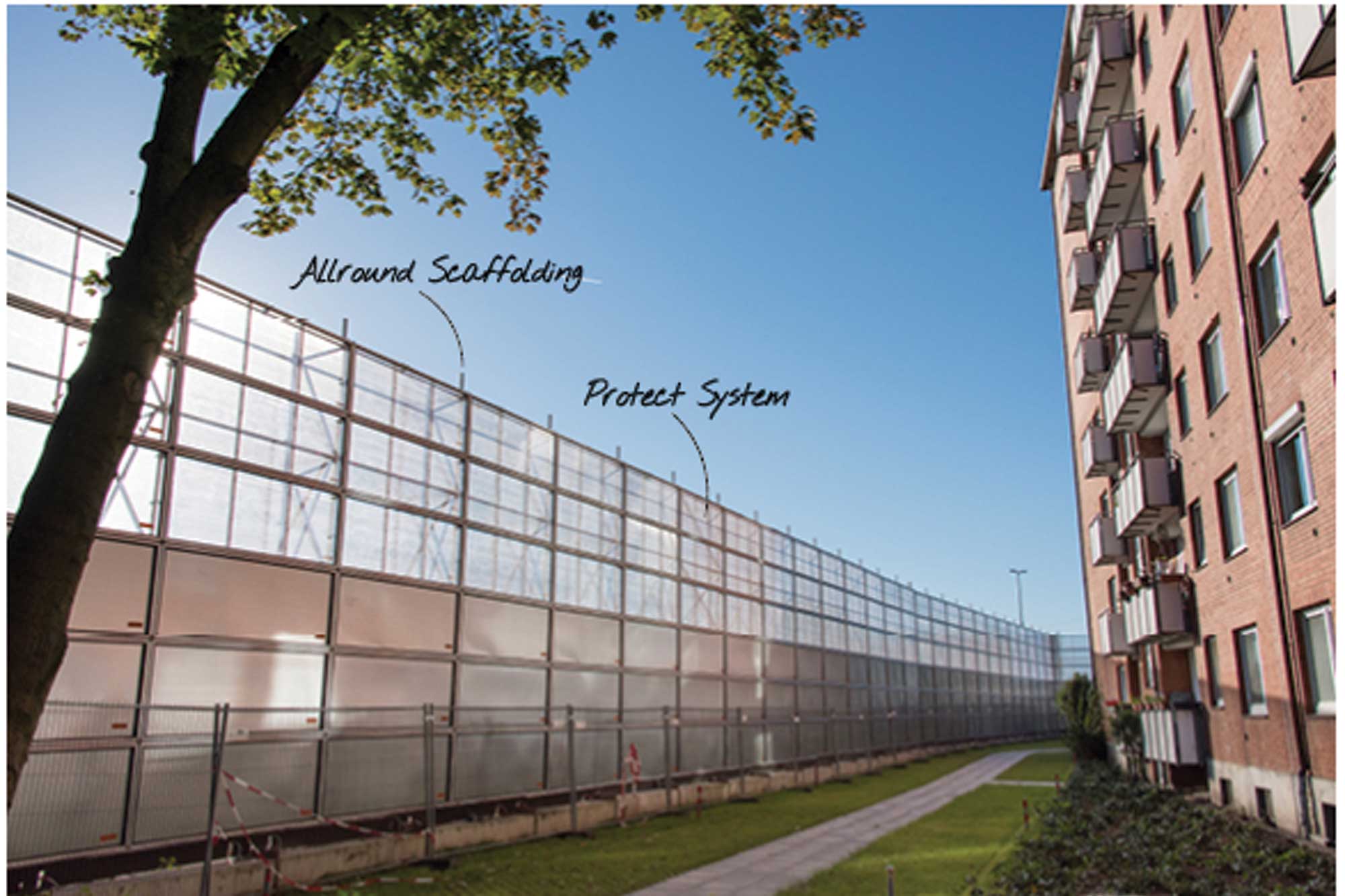
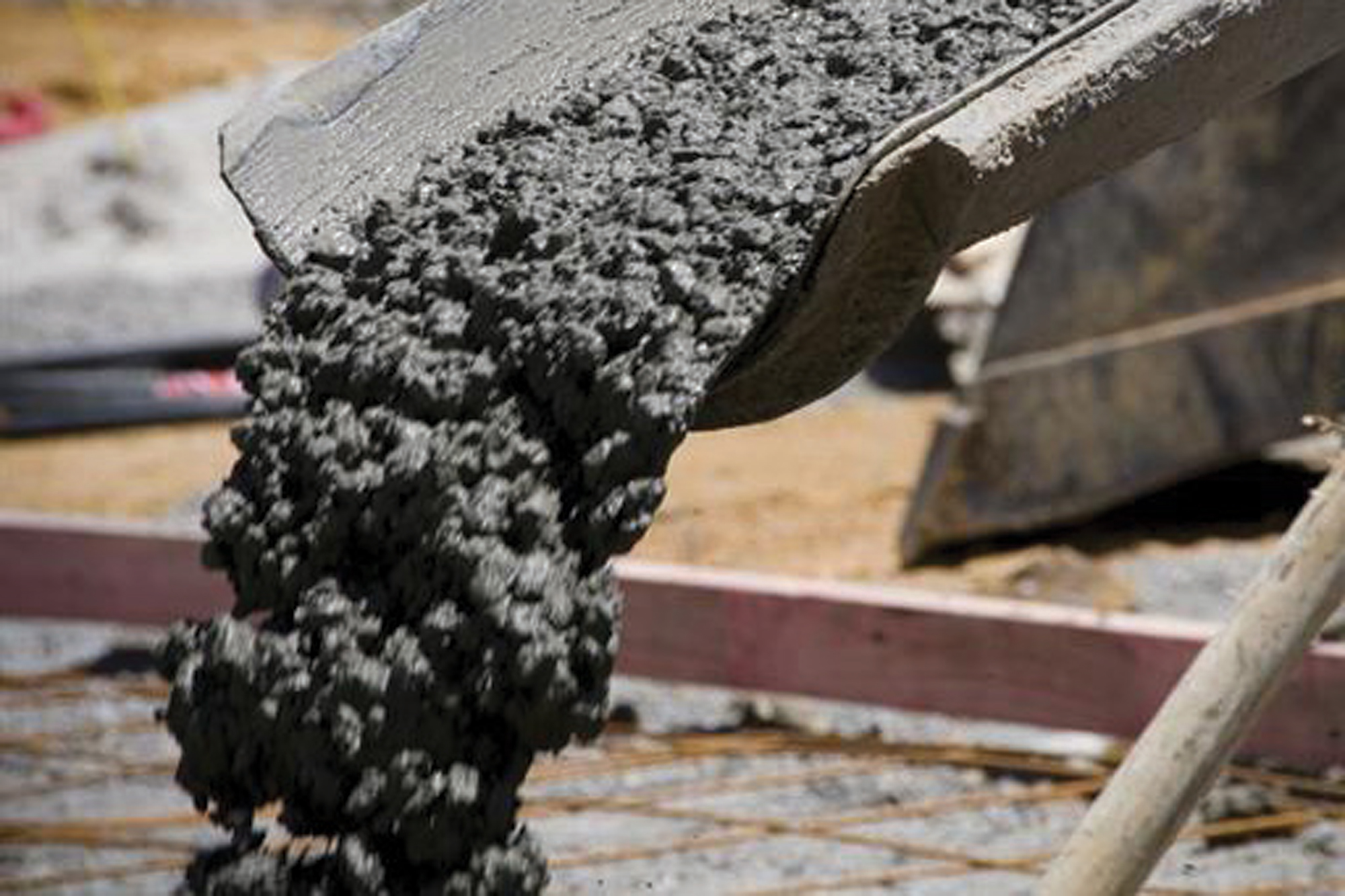




























-20240213125207.png)

























